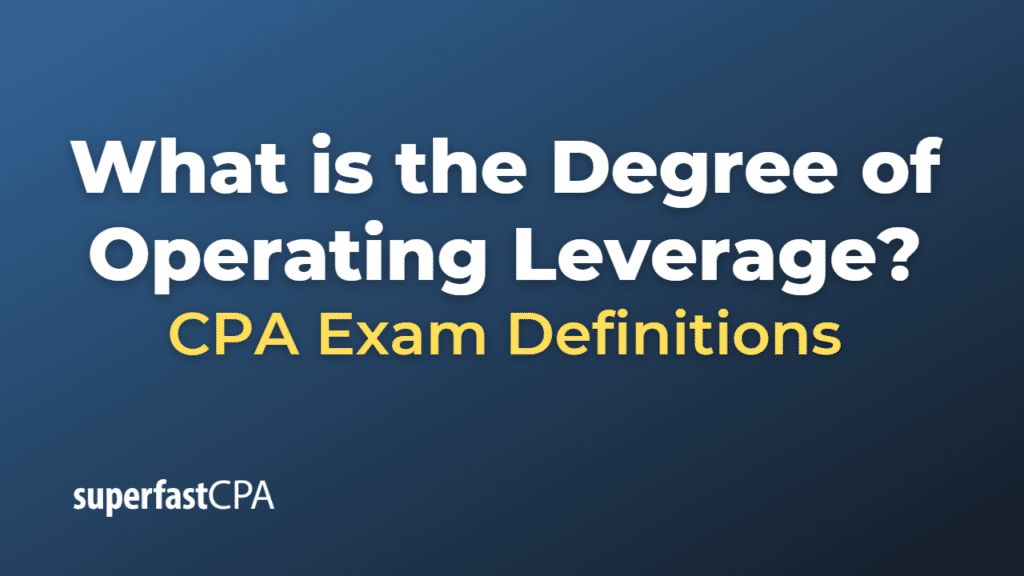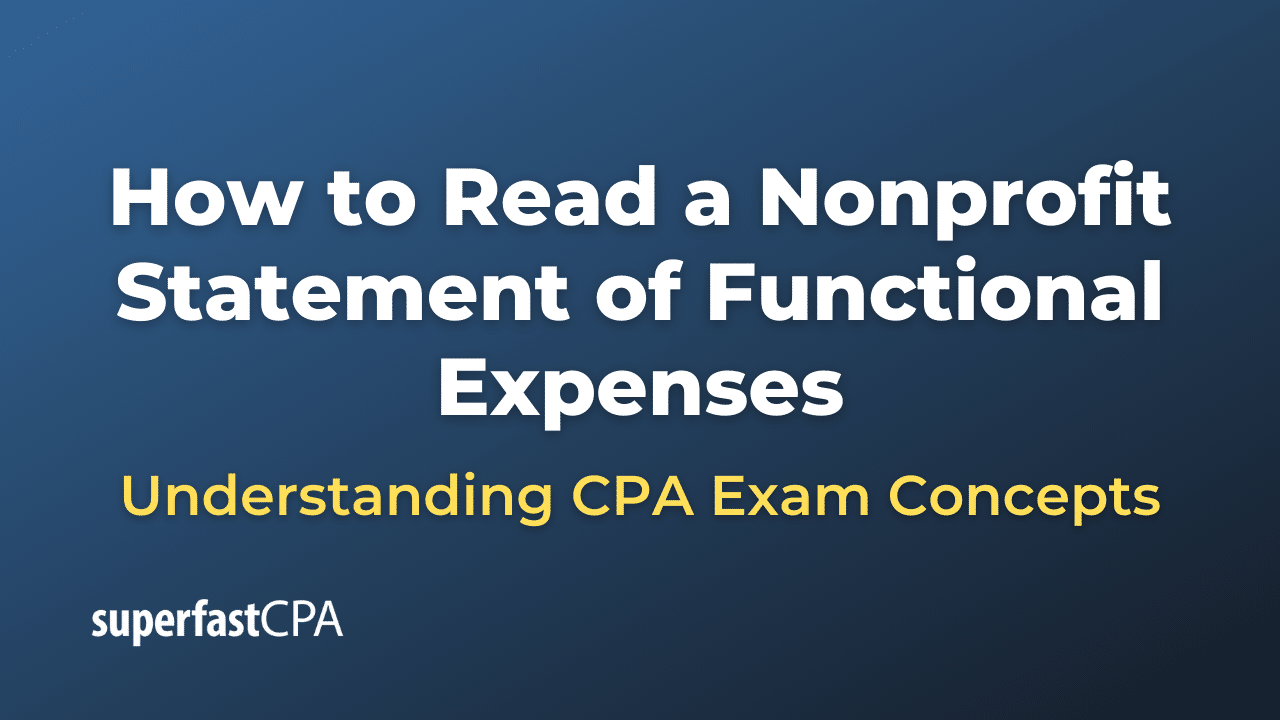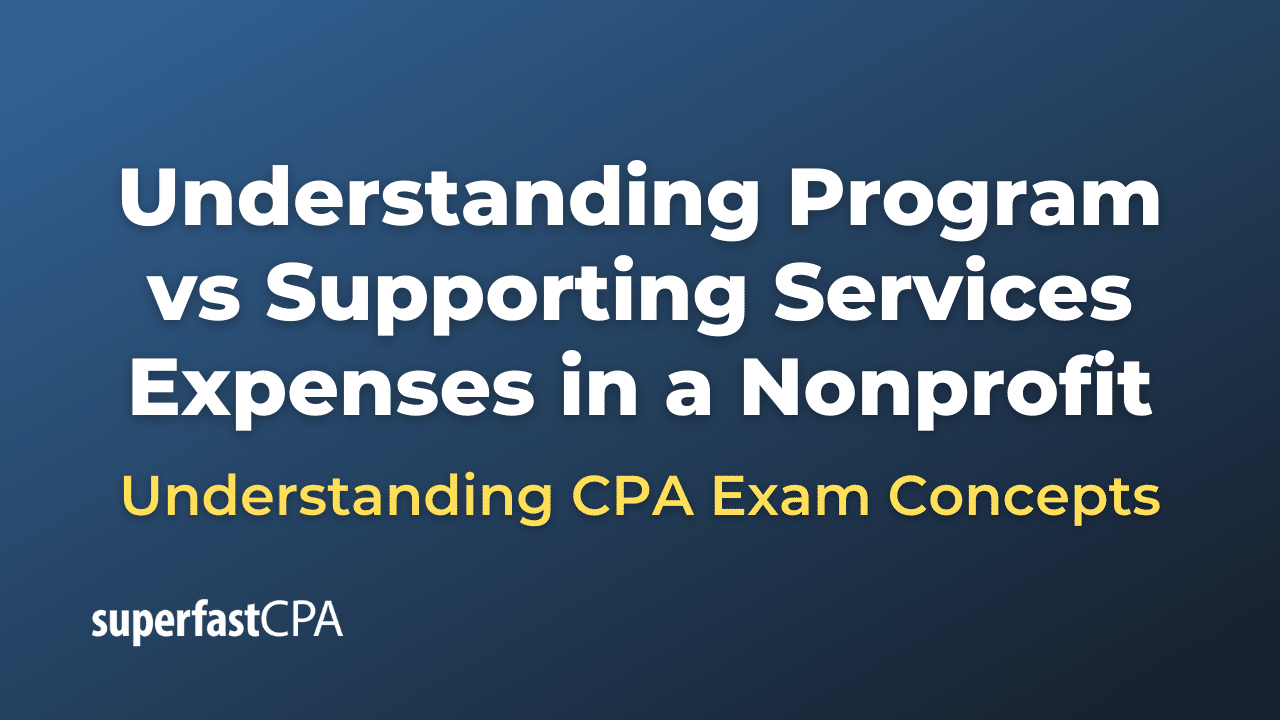Degree of Operating Leverage
The Degree of Operating Leverage (DOL) is a financial ratio that measures the sensitivity of a company’s operating income (also known as EBIT: Earnings Before Interest and Taxes) to changes in its sales revenue. It is used to evaluate how a percentage change in sales will affect operating income.
Operating leverage arises from the presence of fixed costs in a company’s cost structure. These are costs that do not change with the level of output in the short term, such as rent or salaries. When a company has a high proportion of fixed costs, a small change in sales can lead to a significant change in operating income, due to the fixed costs being spread over more units of output.
The formula for calculating the Degree of Operating Leverage at a certain level of sales is:
\(\text{DOL} = \frac{\text{Contribution Margin}}{\text{Operating Income}} \)
Where:
- The Contribution Margin is Sales Revenue minus Variable Costs. It represents how much each unit sold contributes to covering fixed costs and then to profit.
- Operating Income is also known as EBIT.
A high DOL indicates that a company has a high proportion of fixed costs in its cost structure, which can lead to higher profits as sales increase but can also lead to higher losses if sales decrease. Conversely, a low DOL indicates that a company has a lower proportion of fixed costs and therefore less risk associated with changes in sales.
Example of the Degree of Operating Leverage
Let’s consider an example to understand the Degree of Operating Leverage (DOL):
Suppose we have a company named ToyMaker Inc. that manufactures toys. Let’s say ToyMaker Inc. has:
- Sales Revenue of $1,000,000
- Variable Costs (costs that change with the number of units produced) of $400,000
- Fixed Costs (costs that do not change with the level of output, such as rent and salaries) of $200,000
First, we calculate the Contribution Margin, which is Sales Revenue minus Variable Costs. So, Contribution Margin = $1,000,000 – $400,000 = $600,000
Operating Income, also known as EBIT, is the Contribution Margin minus Fixed Costs. So, Operating Income = $600,000 – $200,000 = $400,000
We can now calculate the Degree of Operating Leverage using the formula:
\(\text{DOL} = \frac{\text{Contribution Margin}}{\text{Operating Income}} \)
Substituting the given values into the formula, we get:
\(\text{DOL} = \frac{\$600,000}{\$400,000} = 1.5 \)
This means that for every 1% change in ToyMaker Inc.’s sales revenue, its operating income will change by 1.5%. So, if sales revenue increases by 10%, operating income would increase by 15% (1.5 times 10%). Conversely, if sales revenue decreases by 10%, operating income would decrease by 15%.
This illustrates how operating leverage can magnify the effect of sales changes on a company’s profitability. It’s important to note that while a high degree of operating leverage can lead to increased profits when sales are rising, it can also lead to larger losses when sales are falling, due to the high proportion of fixed costs.














